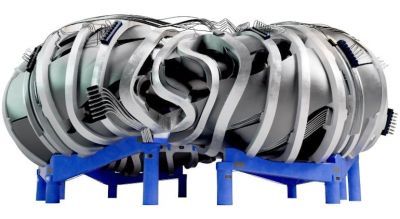Saying farewell is hard, and in the case of the Voyager 1 & 2 spacecraft doubly so, seeing as how they have been with us for more than 47 years. From the highs of the 1970s and 1980s during their primary mission in our Solar System, to their journey into the unknown of Deep Space, every bit of information which their instruments record and send back is something unique that we could not obtain any other way. Yet with the shutting down of two more instruments, both spacecraft are now getting awfully close to the end of their extended missions.
Last February 25 the cosmic ray system (CRS) on Voyager 1 was disabled, with the Low Energy Charged Particle Instrument (LECP) on Voyager 2 to follow on March 24. With each spacecraft losing about 4 watts of available power per year from their RTGs, the next few instruments to be turned off are already known. Voyager 1’s LECP will be turned off next year, with that same year Voyager 2’s CRS also getting disabled.
This would leave both spacecraft with only their magnetometer (MAG) and plasma wave subsystem (PWS). These provide data on the local magnetic field and electron density, respectively, with at least one of these instruments on each spacecraft likely to remain active until the end of this decade, possibly into the next. With some luck both spacecraft will see their 50th birthday before humanity’s only presence in Deep Space falls silent.
Thanks to [Mark Stevens] for the tip.


















